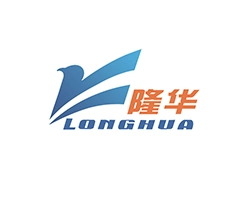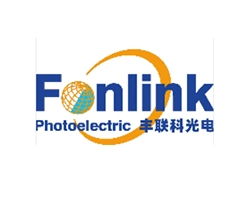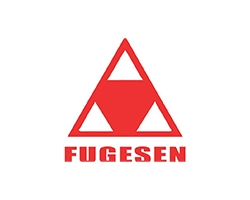What Are Fin Tube Bundles?
Fin tube bundles are heat exchange unit composed of multiple finned tubes arranged in a certain pattern. It is a key component used in heat exchange equipment. By combining multiple finned tubes, an efficient heat exchange structure is formed. In some heat exchangers, fin tube bundles can act as a single heat exchange element or work in conjunction with multiple fin tube bundles. The design goal of fin tube bundles is to enhance heat exchange efficiency and reduce energy loss.
Composition of Fin Tube Bundles
The fin tube bundles are composed of the following main parts:
Finned Tubes
Finned tubes are the basic components of the fin tube bundles responsible for conducting and exchanging heat. Multiple finned tubes are fixed and combined in a certain arrangement to form fin tube bundles.
Tube Box or Tube Plate
The tube box or tube plate is the structure that connects the two ends of the finned tubes, providing support. Through the design of the tube box, the spacing between the finned tubes is fixed, forming continuous fluid channels.
Framework
The framework provides support and fixation for the fin tube bundles, ensuring stable operation of the entire fin tube bundles. It is important to note that in heat pipe bundles, due to the characteristics of heat pipes, a tube box is not required.
Arrangement of Fin Tube Bundles
The arrangement of finned tubes in fin tube bundles have a significant impact on the heat exchange effect. There are two common arrangement methods: inline and staggered.
Inline: In the direction of airflow, the finned tubes are arranged in sequence. The advantage of this method is that the fluid disturbance is relatively minimal, but the heat exchange efficiency is relatively low, and the resistance is small.
Staggered: The finned tubes are arranged crosswise in the direction of airflow, which can generate a larger flow disturbance, thereby improving heat exchange efficiency, but it also accompanies higher fluid resistance.
In actual selection, if there is no strict limitation on pressure drop, staggered arrangement can be chosen; if the requirement is for minimal resistance, then inline arrangement should be selected. Additionally, the tube spacing (S1 and S2) in fin tube bundles also has a significant impact on the heat exchange effect and resistance. Usually, it is determined based on the diameter of the finned tube (Db) or the outer diameter of the fins (Df).
As an efficient heat exchange element, the fin tube bundles are widely used in various industrial fields, especially in heat exchangers and air coolers. Through reasonable finned tube arrangements, tube box designs, and tube spacing adjustments, fin tube bundles can enhance heat exchange efficiency while reducing system resistance, achieving the dual goals of energy saving and high efficiency. Whether it is inline or staggered arrangement, or the selection of the tube box structure, optimization needs to be based on specific application requirements to ensure the best heat exchange effect and equipment stability.


 EN
EN
 jp
jp  ko
ko  fr
fr  de
de  es
es  it
it  ru
ru  pt
pt  ar
ar  tr
tr 











